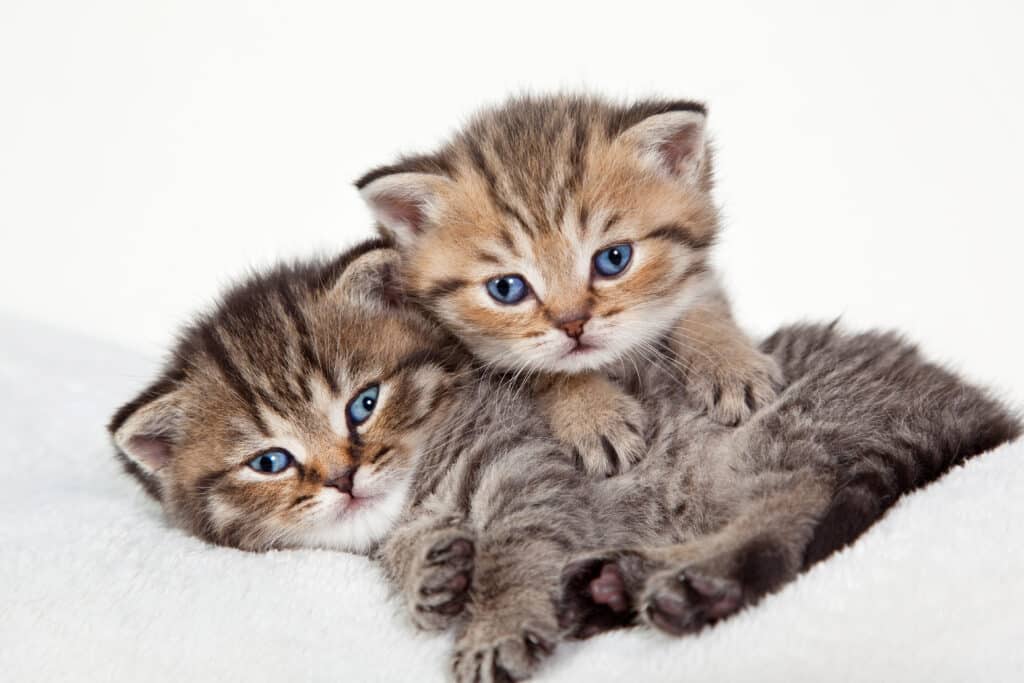Introduction
Cat cold is a common illness in cats and can be caused by various viruses and bacteria. In this article, we will examine the causes, symptoms, and treatment methods of cat cold in depth to give you a comprehensive overview of this important topic.

causes
Cat flu can be caused by a variety of viruses and bacteria. The most common pathogens include:
- Feline herpesvirus (FHV-1) : This virus is one of the main causes of cat cold and can lead to serious respiratory infections.
- Feline Calicivirus (FCV) : This virus is also a common cause of cat colds and can lead to inflammation of the respiratory tract, mouth and eyes.
- Chlamydophila felis : This type of bacteria can also cause cat cold, with the infection usually affecting the eyes.
Symptoms of cat cold
Symptoms of cat cold can vary depending on the pathogen, but usually include:
- Sneezing : One of the first signs of cat cold is frequent sneezing.
- Nasal discharge : Affected cats may have watery or purulent nasal discharge.
- Watery eyes : Eye discharge and sticky eyes may also occur.
- Cough : Coughing is another common symptom of cat cold.
- Fever : In some cases, affected cats may develop a fever.
- Loss of appetite : Reduced food intake can occur with cat cold, especially if the sense of smell is impaired.
Diagnosis of cat cold
The diagnosis of cat cold is usually based on the cat's clinical symptoms and medical history. However, in some cases, the veterinarian may perform additional tests to identify the specific pathogen. This may include nose or throat swabs, blood tests, or x-rays.
Possible complications
In some cases, cat cold can lead to complications that require more intensive treatment. This includes:
- Secondary bacterial infections : An initial viral infection can weaken the cat's immune system and make it more susceptible to secondary bacterial infections, which can be more serious.
- Pneumonia : In severe cases, cat flu can lead to pneumonia, which can be life-threatening and requires immediate veterinary attention.
- Chronic rhinitis : In some cats, cat cold can cause chronic inflammation of the nasal membranes, requiring long-term treatment.
Long term effects
Although many cats fully recover after a cat flu infection, some long-term effects can occur:
- Carrier status : Some cats may continue to carry viruses or bacteria after recovery and may become ill again if they are stressed or have a weakened immune system.
- Chronic respiratory problems : Cats who have had cat flu may be more susceptible to respiratory problems and recurrent infections.
- Scarring and tissue changes : In some cases, a severe infection can cause scarring and permanent changes to the mucous membranes in the nose and throat.
Treatment
Treatment depends on the severity of the symptoms and the pathogen causing them. In many cases, supportive therapy may be enough to help the cat recover. These can include:
- Hydration : It is important that the cat stays hydrated to avoid dehydration.
- Appetite stimulants : Appetite stimulants can help stimulate the cat's appetite and increase food intake.
- Expectorants : These medications can help reduce nasal discharge and make breathing easier.
- Antibiotics : In some cases, especially bacterial infections, the vet may prescribe antibiotics.
- Antiviral medications : Antiviral medications may be prescribed for severe viral infections, such as FHV-1.
- Eye drops or ointments : For eye infections, topical medications such as eye drops or ointments may be helpful.
It is important to follow the veterinarian's instructions carefully and complete all prescribed medication to ensure successful treatment.
When is a vet visit necessary?
It is important to seek veterinary attention early at the first sign of symptoms. Situations that require an immediate veterinary visit include:
- Difficulty breathing : If your cat is having difficulty breathing, this is a medical emergency that requires immediate veterinary attention.
- Fever : A high fever can indicate a serious infection and should be examined by a veterinarian.
- Dehydration : Signs of dehydration, such as sunken eyes or dry, sticky mouth, also require a vet visit.
- Refusal of food and water : If your cat refuses to eat or water for an extended period of time, he should be seen by a veterinarian.
Prevention of cat colds
To prevent it, various measures can be taken:
- Vaccinations : Regular vaccinations against FHV-1 and FCV can help reduce the risk of infection.
- Hygiene : Good hygiene around the cat's environment, including regular cleaning and disinfection of food bowls, sleeping areas and litter boxes, can reduce the spread of infections.
- Stress reduction : Stress can weaken the cat's immune system and make them more susceptible to infections. Therefore, care should be taken to minimize the stress factors in the cat's life.
- Healthy diet : A balanced and nutrient-rich diet can help strengthen the cat's immune system and increase its resistance to infections.
Summary
Cat cold is a common illness in cats that can be caused by various viruses and bacteria. Symptoms range from sneezing and nasal discharge to cough, fever and loss of appetite. Treatment depends on the severity of the symptoms and the causative agent, although in many cases supportive therapy is sufficient to help the cat recover. Preventive measures such as vaccinations, hygiene, stress reduction and a healthy diet can help reduce the risk of infection.
